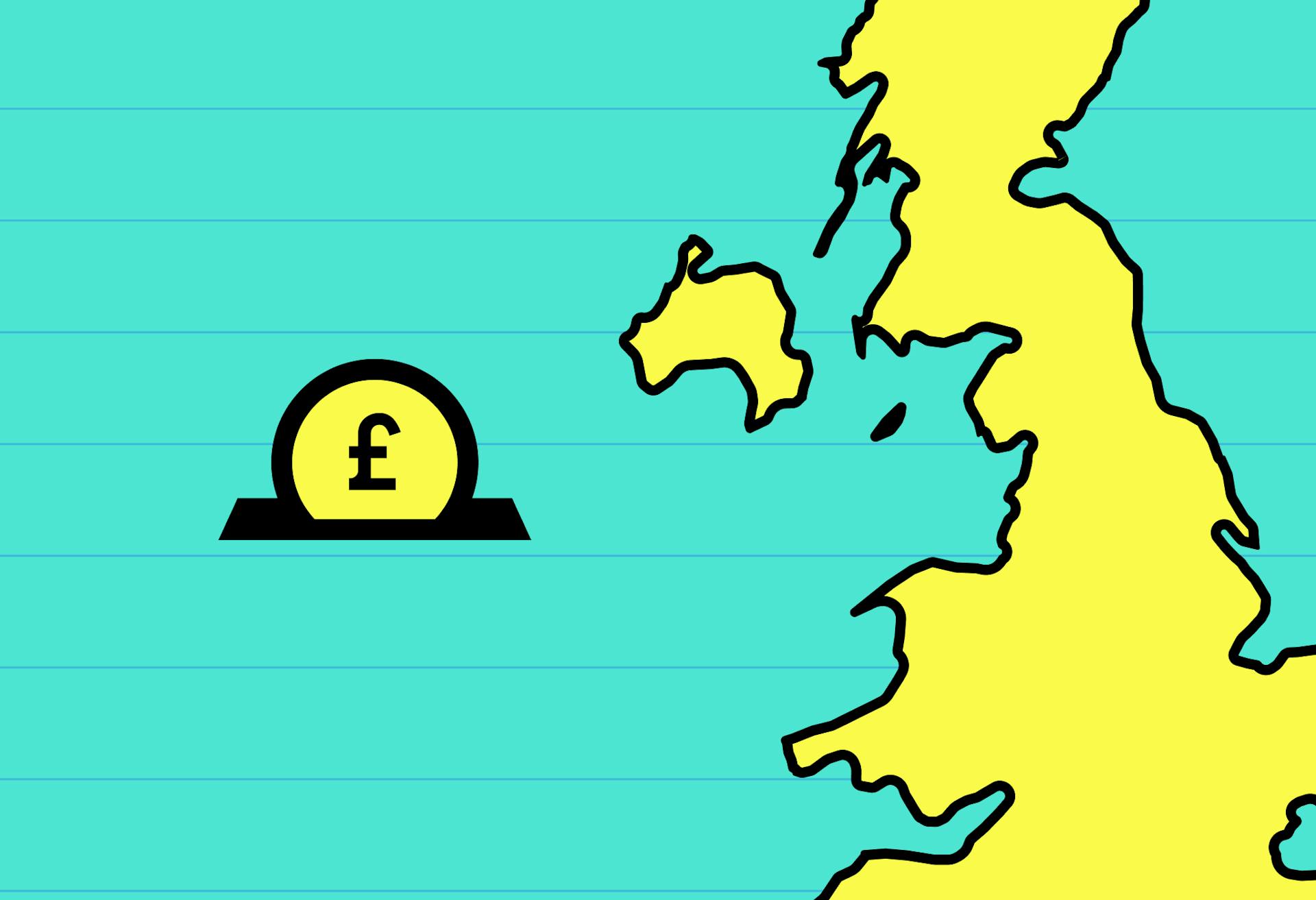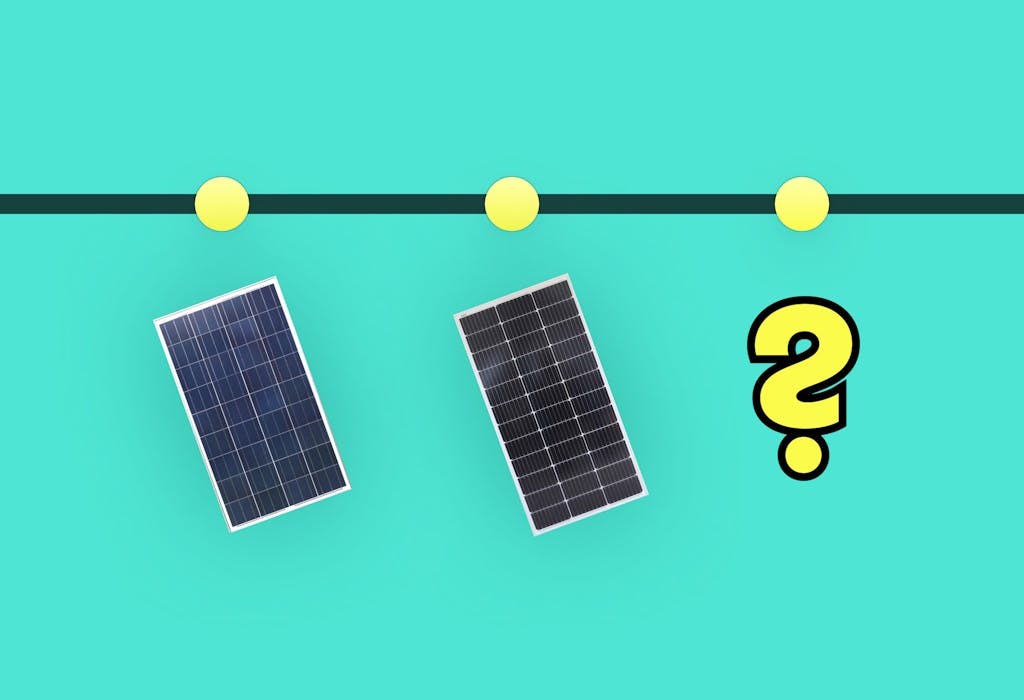- Solar advice hub
- Costs
- Will solar panels get cheaper?
Will solar panels get cheaper?
Solar panel prices are set to increase. Here are the reasons why, including China’s dominance, and what this means for domestic solar costs.


Why you can trust our content
We know that the solar industry is full of misinformation, but we only use reliable sources, including:
- Our experienced solar experts, installers and system designers
- Our own database of solar & battery system designs
- Authoritative bodies like MCS and the UK government




At a glance
When you’re making a major change to your home, you naturally want to get the best deal possible – so when it comes to a solar installation, you’d like to buy panels at their cheapest.
Unfortunately, the price of solar panels looks likely to rise in the near future, along with the cost of installing them.
In this guide, we’ll explain why solar panel prices are set to increase, how China’s dominance of the solar industry has damaged the ability of European and US manufacturers to compete, and why this means the cost of domestic installations will go up.
If you’re interested in how much you could save with a solar & battery system, enter a few details below and we’ll generate an estimate.
The rising cost of solar panel installations
The cost of making solar panels is low, but the price you’ll pay to install them on your roof is rising – and it’s not because installers are unfairly hiking up their prices.
Almost the entire solar panel supply chain is in China, which means the great majority of panels bought by UK households have to be shipped all the way from Asia.
This was already an expensive process, but in the past couple of years, shipping costs have risen rapidly, with no signs of slowing down.
So while overproduction of every material in the solar supply chain has resulted in plummeting manufacturing costs, the average household is unlikely to ever benefit from them.

The soaring cost of shipping
The cost of shipping has a large effect on solar panel prices in the countries furthest from production centres.
And since China is an incredibly dominant force in the global solar industry, with an iron grip on almost the entire supply chain, consumers in Europe and the US suffer every time shipping costs rise.
According to the International Energy Agency (IEA), China produces a massive 77.8% of the world’s solar panels – and some estimates go even higher than this; the Fraunhofer Institute for Solar Energy Systems puts the figure as high as 86%.
In comparison, Europe and North America each produce around 2%.
And unfortunately, shipping costs are on the up.
Since October 2023, the cost of sending a 40-foot container from Shanghai to Rotterdam has increased from $1,024 to $7,756, largely due to Houthi attacks on ships in the Red Sea.
Global container freight rates, August ‘23 – August ‘24
The consistent stream of attacks on ships and their crews have led many ships travelling from Asia to Europe to go around South Africa’s Cape of Good Hope instead.
This diversion adds thousands of miles to each journey – not to mention the extra time required. In June 2024, Dominique Nadelhofer of global logistics company Kuehne + Nagel told BBC News that ships tacked on “more than 100 days on a rotation by circumventing Africa.”
This all combines to ramp up prices – and it may still get worse. In July 2024, European Central Bank president Christine Lagarde said that geopolitical tensions “could push energy prices and freight costs higher in the near term and disrupt global trade.”
Researchers working at investment bank Nomura share this view, according to the Financial Times, citing tensions in the Red Sea alongside the possibility of strikes at German and American ports, declining water levels in the Panama Canal, and a spike in demand.
And if some naval forces are sent to fight Houthis, it may prevent them from protecting ships against Somali pirates – which may lead to a rise in piracy.
The unsustainable drop in solar panel prices
Solar panel prices are lower than they’ve ever been – but this could be about to change.
The global cost of solar has dropped from 26 cents per watt in 2022 to just 11 cents per watt in the first three months of 2024, which is a rapid fall even for this industry.
It all started in China, where the government has long used subsidies to encourage companies to produce massive numbers of panels. The policy succeeded, to the extent that the country now owns 80% of the world’s solar panel manufacturing capacity.
There’s just one problem: China doesn’t need more solar panels.
Growth in solar adoption has been incredibly fast, but storage and transmission infrastructure hasn’t kept up. As a result, some regions are having to reject large amounts of solar electricity.
For example, 50-70% of distributed solar generation meets this fate in the eastern province of Shandong, home to more than 100 million people, according to state broadcaster CCTV.
The only recourse for Chinese manufacturers has been to sell them to the rest of the world – thus saturating Europe and the US with countless cheap, high-quality panels.
It’s led to record-breaking numbers of installations and reduced the cost of solar panels for millions of customers, but manufacturers in the west have struggled to keep up with the low price of these government-subsidised panels.
Many have closed factories, cancelled planned expansions, or shut down entirely. The continent’s solar capacity has fallen by around half, according to the European Solar Manufacturing Council.
But this trend may be ending.
Are solar panel prices going up again?
The same manufacturers which caused this oversupply are struggling to deal with the consequences of prices falling to new lows. LONGi, one of the world’s largest solar panel manufacturers, announced in March 2024 that it was planning to lay off 5% of its employees.
Yana Hryshko of data analyst consultancy Wood Mackenzie told the Financial Times: “There is overcapacity in every segment, starting with polysilicon and finishing with the module.”
And Marius Bakke of consultancy Rystad Energy said: “Chinese manufacturers are also struggling in the current low pricing environment.”
Companies can’t keep selling at a loss, which this current glut of materials and panels makes unavoidable.
Prices must rise, which is bad news for households looking to go solar – after all, 14% of the cost of an installation goes towards the panels.
Why can’t we produce more solar panels in Europe?
If manufacturers shifted a sizeable chunk of global solar panel production from China to Europe, it would hugely limit the impact of high shipping costs on the price of going solar, as the transit distance would be so much shorter.
However, this would be extremely difficult to achieve right now.
China holds 97% of all manufacturing capacity for silicon wafers – a crucial part of solar panel production – and the government is loath to let any of the technology be exported for use in other countries, according to the European Solar Manufacturing Council.
Government subsidies and relatively cheap electricity, materials, and labour also enable companies in China to produce solar panels incredibly cheaply – for 10 cents per watt, according to BloombergNEF estimates.
In contrast, US manufacturers pay 18.5 cents per watt, despite also receiving government subsidies.
This all means that worldwide solar panel costs depend almost entirely on how many panels Chinese manufacturers decide to produce, and what prices they charge.
Manufacturers in the EU and the US are struggling
Companies in China have overproduced solar panels at small margins in recent years, causing cheap kit to flood the European market. This has led companies to take evasive actions and ask the EU to protect them with tariffs and subsidies.
Manufacturers have cancelled expansion plans, fired employees, closed factories, and even moved to China or the US.
European manufacturers
Solarwatt is one of the manufacturers that’s felt the pinch. In 2021, as consumer enthusiasm rose, the German company built a solar panel plant in the eastern city of Dresden that representatives said could produce a million panels per year.
Any hope that the factory was part of a global shift away from Chinese solar dominance disappeared in April 2024, when Solarwatt announced it was closing the plant and moving all production to China.
Another central European company, Swiss giant Meyer Burger, has suffered a similar fate. It also opened a solar panel factory in 2021, in the Germany city of Freiberg, before revealing in February 2024 that the plant would be shut down within two months.
The company said: “As there has not yet been any decision on policy support measures to remediate current market distortions created by oversupply and dumping prices of solar modules, the group has decided to start preparations for the closure of its Freiberg site.”
Meyer Burger is moving its production to the US, where the Biden administration’s Inflation Reduction Act and tariffs on solar imports from China have created a more beneficial climate for manufacturers.
But with its revenues suffering, the Swiss company had to use a £150 million rights issue to fund its solar panel plant in Arizona, and is relying on the US Department of Energy giving it a loan to open its cell manufacturing facility in Colorado.
American manufacturers
North American companies are also struggling to cope. In March 2024, after Canadian manufacturer Heliene postponed plans to expand its Minnesota factory, its president Martin Pochtaruk said: “The market is crap. We don’t want to bite something we cannot chew.”
In February 2024, Bill Gates-backed manufacturer Cubic PV cancelled its plans for a massive 10GW wafer production plant, dispensed with half of its employees, and replaced its CEO, blaming a “dramatic collapse in wafer prices”.
Mark Widmar, head of US solar company First Solar, told the Financial Times: “[China] does not want the US to have its own domestic industry … It’s a pretty dire situation.”
Is it worth waiting for shipping costs to fall?
Given the many contributing factors – especially the ongoing Houthi attacks, which don’t look like stopping any time soon – it’s not worth waiting for shipping costs to fall.
For the foreseeable future, the UK will continue to import solar panels from Asia, and shipping companies will be forced to avoid the Red Sea, which means prices will stay high.
Even if the geopolitical state of affairs improves and ships can safely pass through the area, it’ll probably take a while to have an effect on domestic solar panel installation prices.
Instead of waiting a year or two (or more) for the situation in the Middle East to resolve itself, and another six to 12 months on top of that for installation costs to fall, you could switch to solar now and start saving hundreds of pounds per year.
For example, on average, you could save 86% on your electricity bills with a solar & battery system.
This figure is based on a sample of over 150 systems installed by Sunsave across England and Wales in 2024. The average system is 6.1kWp, with 54% of solar electricity used at home and 46% exported to the grid.
If you’d like to know how much you could save with a solar & battery system, enter a few details below and we’ll generate an estimate.
FAQs

How much do solar panels cost in the UK?
Read full story
The 10 best solar panel grants & funding options UK
Read full story
How quickly are solar panels improving?
Read full story
Used solar panels: are they a good idea?
Read full story
Written byJosh Jackman
Josh has written about the rapid rise of home solar for the past six years. His data-driven work has been featured in United Nations and World Health Organisation documents, as well as publications including The Eco Experts, Financial Times, The Independent, The Telegraph, The Times, and The Sun. Josh has also been interviewed as a renewables expert on BBC One’s Rip-Off Britain, ITV1’s Tonight show, and BBC Radio 4 and 5.